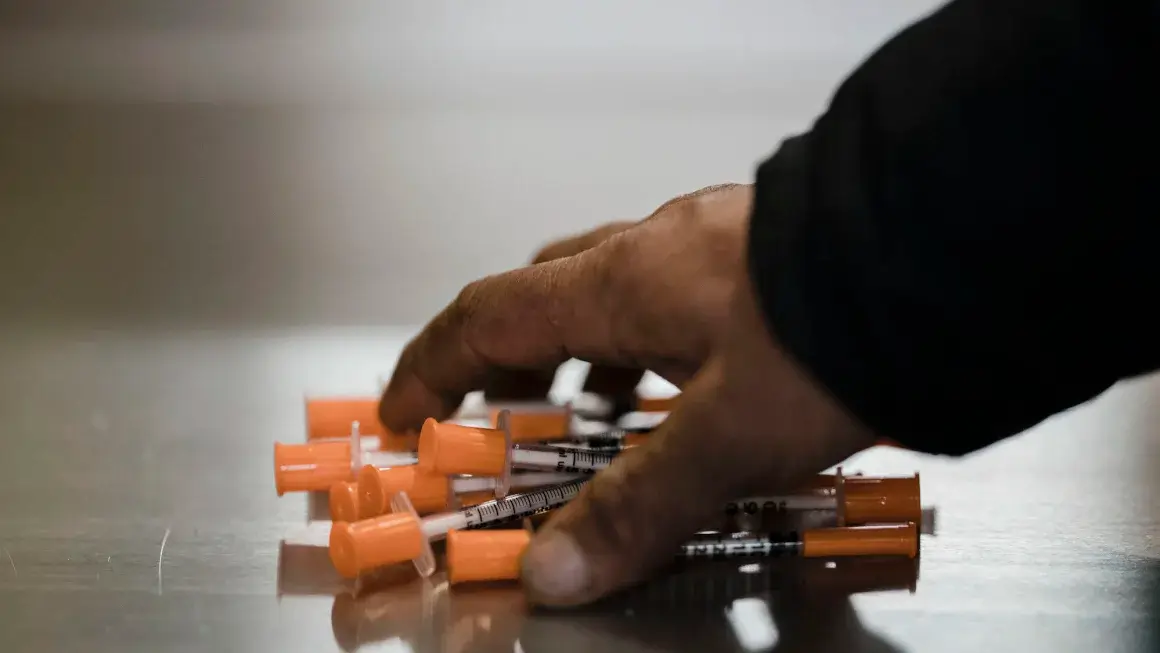In what can only be described as a long-overdue breath of fresh air, overdose deaths in the United States have taken a sharp decline, falling by a notable 10% in the past year. According to the Centers for Disease Control and Prevention (CDC), the latest data signals a positive shift after years of grim statistics. Could we be witnessing a turning point in the fight against the drug epidemic? Maybe, but let’s not get ahead of ourselves just yet.
A Crisis Decades in the Making
First, some context: Overdose deaths surged during the COVID-19 pandemic. Between 2019 and 2020, deaths spiked by 30%, followed by another 16% increase by the end of 2021. For years, it seemed like there was no light at the end of the tunnel.
The numbers were alarming—especially considering synthetic opioids, like fentanyl, have been the leading cause of fatal overdoses, playing a key role in fueling the epidemic. But now, after three years of relentless increases, overdose deaths have plummeted to their lowest levels since spring 2021. Could this be the result of multiple efforts finally coming together? Experts think so.
Fentanyl Deaths: Down 20%
Here’s the standout detail that’s giving public health officials hope: Overdose deaths from fentanyl and other synthetic opioids are down 20% year-over-year. These synthetic opioids have been involved in nearly two-thirds of all fatal overdoses, but a year ago, that number was over 75%.
“It’s a moment to feel cautiously optimistic,” says Dr. Sarah Wakeman, senior medical director for substance use disorder at Mass General Brigham. “After years of watching the death toll rise, it’s nice to see progress.” However, Wakeman is quick to point out that, despite the decrease, overdose deaths remain significantly higher than pre-pandemic levels. In 2019, the total number of fatal overdoses was around 72,000, compared to the current estimate of 101,000 in the year ending April 2024. So while the decline is worth celebrating, there’s still work to be done.
Behind the Numbers: A Complex Web of Factors
So, what’s driving this decline? There isn’t a singular explanation, but experts suggest it’s a combination of various interventions that have finally started to pay off.
- Increased Access to Naloxone (Narcan): Naloxone, the overdose-reversing drug, has become more accessible, saving countless lives by preventing fatal overdoses.
- Fentanyl Test Strips: These strips help users identify if fentanyl is present in their drugs, allowing them to make safer decisions.
- Medications for Opioid Use Disorder (MOUD): Flexibility around medications like methadone and buprenorphine has expanded, helping more people in recovery.
“I think we’re finally treating this like the public health crisis it is,” says Wakeman, noting that sustained, multilayered interventions have been crucial.
A Real Trend or Just a Blip?
The million-dollar question: Is this drop in overdoses real, or is it just a temporary blip? According to Nabarun Dasgupta, a street drug scientist from the University of North Carolina, it’s real. He and his colleagues have been crunching numbers, and their analysis suggests that non-fatal overdoses have also fallen—by around 17% over the past year. Emergency department visits for overdoses are down 24%, and even 911 calls related to opioid overdoses have dropped.
In short, Dasgupta argues that this isn’t just a fluke. “To our knowledge, no public health intervention in the United States has ever achieved this benchmark,” he and his team wrote in their analysis. “This is real, and if it holds, it would be one of the strongest public health interventions we’ve ever seen.”
But Don’t Celebrate Too Soon…
Not everyone is ready to break out the confetti just yet. Dr. Nora Volkow, director of the National Institute on Drug Abuse (NIDA), warns that while the overall trend is encouraging, it’s masking some grim disparities. Specifically, overdose deaths among Native Americans and Black American men are still rising and are at the highest levels ever recorded.
“We can’t afford to be complacent,” Volkow says. “We need to continue focusing on tailored interventions for these communities and ensure that harm-reduction services are equitably distributed.”
What’s Next? Sustaining the Momentum
Experts agree that sustaining this progress will require a long-term commitment to the strategies that are already showing results. Expanded access to Narcan, fentanyl test strips, and opioid addiction treatment are just the start.
It’s essential that harm reduction efforts are allowed to evolve with the changing landscape of drug use. The opioid crisis has gone through several phases since it began in the 1990s, starting with prescription opioids, followed by heroin, and more recently, synthetic opioids like fentanyl.
“The drug supply is constantly evolving, and so too must our interventions,” says John Pamplin, assistant professor of epidemiology at Columbia University. “We need to adapt quickly if we’re going to keep up.”
How Can You Help?
If you’re reading this and wondering how you can contribute to this momentum, there are a few steps you can take:
- Learn how to use Narcan: Even if you don’t think you’ll ever need it, knowing how to use Narcan could save a life.
- Support harm-reduction programs: Advocate for more accessible harm-reduction services in your community, such as needle exchanges and overdose prevention sites.
- Raise awareness: Start conversations with friends and family about the realities of the opioid crisis. Stigma and misinformation only worsen the problem.
The Final Word
A 10% decrease in overdose deaths is a massive achievement, but it’s not the end of the fight. Public health officials have made unprecedented progress, but the opioid crisis still casts a long shadow over the U.S. As new challenges emerge, it’s clear that vigilance, adaptation, and compassion will be key to sustaining the progress we’re starting to see.
It’s not time to celebrate just yet—but maybe, just maybe, we can start to feel a little hopeful.

